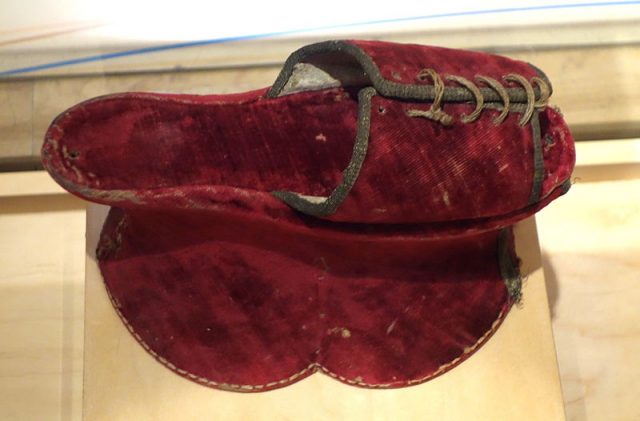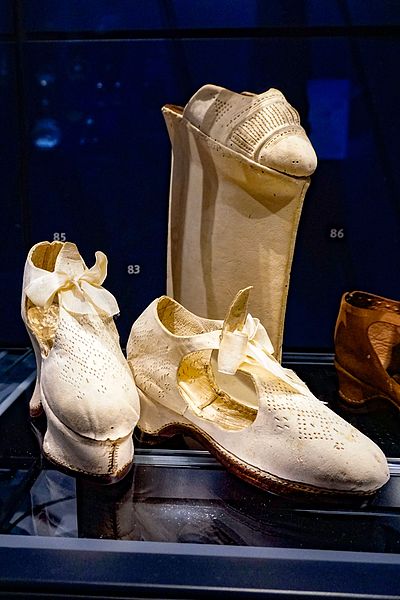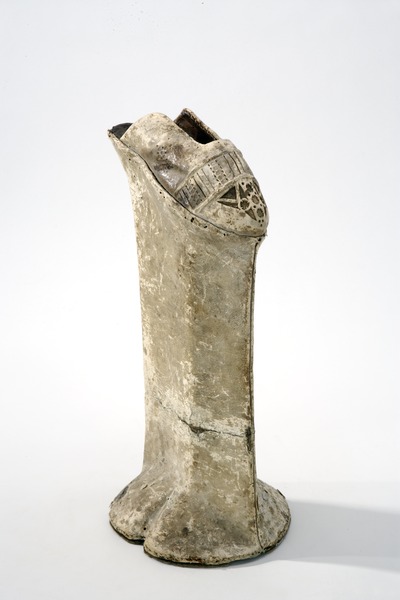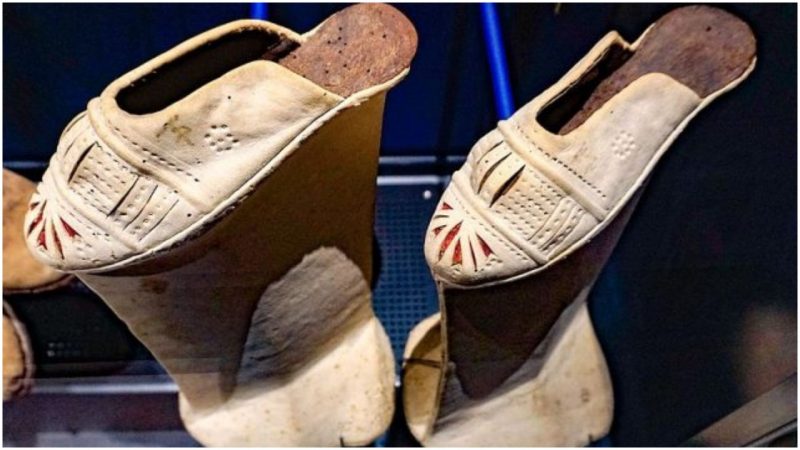The quest for a certain type of appearance has reached some real extremes. Plastic surgery, outlandish diets, tattoos and piercings, ultra-tight clothes, and high-heels that look like they defeat gravity are just some of the bizarre “torturous” means that enable fashionistas to fit into what they think they should be doing.
Impossible as it may seem, these fashion victims are always ready to go another round to attract attention and be considered beautiful. Yet this is not a modern phenomenon, as historical records show that centuries ago people enjoyed wearing anything that made them have “all eyes on them,” or at least reserved for them a higher step on the social ladder. Among the more fascinating fashion crazes are the 16th-century platform shoes–the chopines.
Ornate footwear was often shaped by social conventions–resulting in, for example, Chinese lotus shoes for bound feet–and, in this regard, chopines are definitely worth a mention. These shoes were designed almost 500 years ago in order to show off the wealth and social importance of certain Spanish and Italian families. Reportedly, platforms had a long sartorial tradition in Europe and became really popular during the 17th century, although they have classical Greek and Roman antecedents.
Early images of Greek mythology present Aphrodite wearing high platforms, a fashion novelty at the time which was undertaken by the Romans. When the Romans invaded today’s Spain, they established a cork shoe-making industry that was later inherited by the Moors who exported platforms across the region of Maghreb.

The Moorish cork platforms were adored by Spanish Christian noblewomen and Italian fashion aficionados. The shoe models were similar in the two countries, however the Italian shoes were made of wood whereas the Spanish used cork.
The hemline of the dress defined the footwear. The Spanish chopines were always visible because women wore skirts slightly above their shoes which were made of luxurious materials that aimed to establish the socioeconomic power of the owner. In Italy, on the other hand, wooden chopines were hidden under the skirts of the Venetian women (the textile trade was most powerful in this region). This made the ladies display the wealth and finery of the textile they wore with the shoes considered accessories.

Height was not the only condition when it came to comfortable moving around in chopines. Venetian elite ladies were hidden away from the public eye and left their homes only occasionally, most often on parade floats where, through their carefully chosen apparel, they displayed the wealth of their families. Two servants accompanied them while promenading and navigating the space.

The commonly accepted presumption that chopines were worn to keep women out of the muck and mud is debunked by the research of Elizabeth Semmelhack, senior curator at the Bata Shoe Museum in Toronto, who in an interview in Collectors Weekly claims that upper-class Spanish chopines were exquisitely appealing, made from expensive materials and often covered with valuable gems–not quite footwear to be drenched in mud.

Chopines were criticized due to several aspects. In Venice, it was exhaustive use of fabric and textile, since high chopines required buying more fabric to cover women’s skirts. Foreign tourists, especially English, found wearing chopines to be an exaggerated fad of no use and said that the women wearing them were “half wood, half women.”

On top of this, women were criticized for their unreasonable behavior in supporting this fashion because the chopines were extremely uncomfortable and harmful to one’s posture. Men looked askance at women wearing these extremely high platforms, but they supported the idea of having chopines represent their wealth or the wealth of the brides’ fathers.
The discovery of the New World overshadowed Venice’s role of bridge between West and the East. The then republic lost its exclusivity and its wealth was challenged as people found new access to Eastern goods. The 17th century marked France as a new center of fashion, where Louis XIV’s court dictated new European fashion trends and this did not include chopines.
